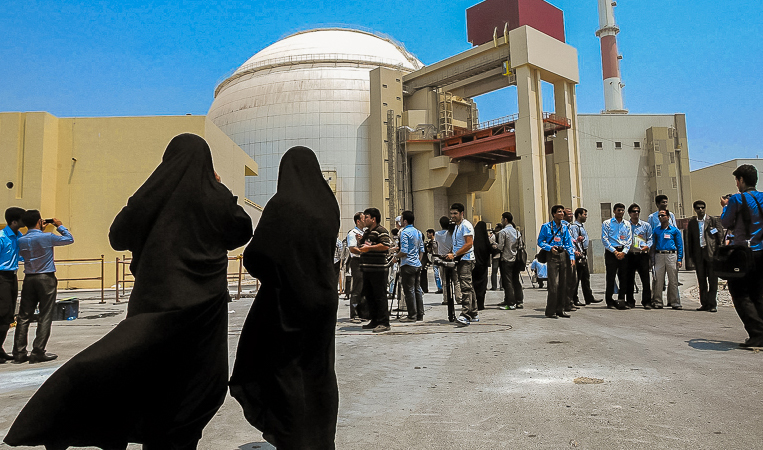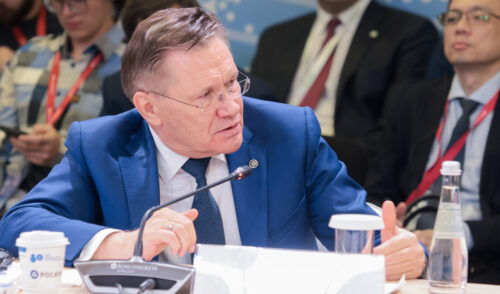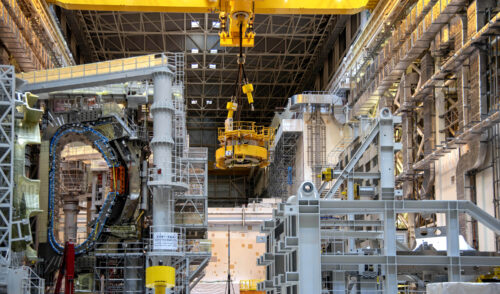
Bushehr II: Construction Started
back to contents“Whatever changes occur in the global political environment, Bushehr I project has shown that Russia always meets its obligations,” Rosatom CEO Sergei Kirienko said during the ceremony. He noted that the project’s second phase was a tangible contribution to the expansion of Russian-Iranian partnership and reinforcement of Russia’s market position as a nuclear vendor in a promising region of the Middle East.
The start of Bushehr II marks a new stage in the evolution of the Iranian nuclear power industry, said Ali Akbar Salehi, head of the Atomic Energy Organization of Iran (AEOI).
“Today is a pivotal day. We are breaking new ground in the Iranian nuclear industry, and Russia’s involvement here is of immense significance for Iran. Cooperation between the countries is developing in strict compliance with the Treaty on the Non-Proliferation of Nuclear Weapons and requirements of the International Atomic Energy Agency. This fact is absolutely unquestionable,” the head of the Iranian nuclear authority said. “We are firmly committed to developing nuclear energy as permitted under Iran’s legitimate right to peaceful atom. Apart from nuclear construction, the partnership between Iran and Russia focuses on the production of stable isotopes and fuel for research reactors.”
According to Ali Akbar Salehi, the new power units at Bushehr will help overcome the shortage of fresh water in Iran’s same-name province. The new reactors will power a desalination plant. “The plant will produce 200,000 cubic meters of desalinated water, whereas the province needs currently 50,000–60,000 cubic meters,” he said.
The construction of two power units at Iran’s Bushehr nuclear plant with Russia’s involvement implies the use of technologies ensuring the so-called ‘post-Fukushima’ level of safety and reliability, said Rosatom CEO Sergei Kirienko. The project will feature unique engineering solutions. “First and foremost, these are passive safety systems that require no staff intervention and function regardless of human actions,” Kirienko said. “The first system is a double containment. The internal containment protects from emergencies inside the reactor, while the external shield prevents impacts from outside, both natural (hurricanes or earthquakes) and man-made. The second technology is passive heat removal. It rules out the possibility of Fukushima-like situation repeating. Even if there is no water coolant, heat will be removed by natural heat exchange.”
The third system is a core catcher, a unique Russian know-how that serves, as the name implies, to catch radioactive materials in core meltdown accidents. The core catcher locks the corium and prevents radioactive substances from getting outside. Kirienko noted that India’s Kudankulam, which experts believe to be the safest nuclear station in India, will serve as a reference project for Bushehr II.
The operation of Bushehr I built by Russia has helped Iran save more than 4 billion US dollars on the extraction of 27 million barrels of oil, said Behrouz Kamalvandi, deputy head of the Atomic Energy Organization of Iran (AEOI). The nuclear station has also reduced pollutant emissions that could have gravely damaged the environment, Kamalvandi noted.
As reported earlier, the contract for the construction of two new power units at Bushehr was signed by Russia and Iran in November 2014. The site survey for Bushehr II was completed last year.




